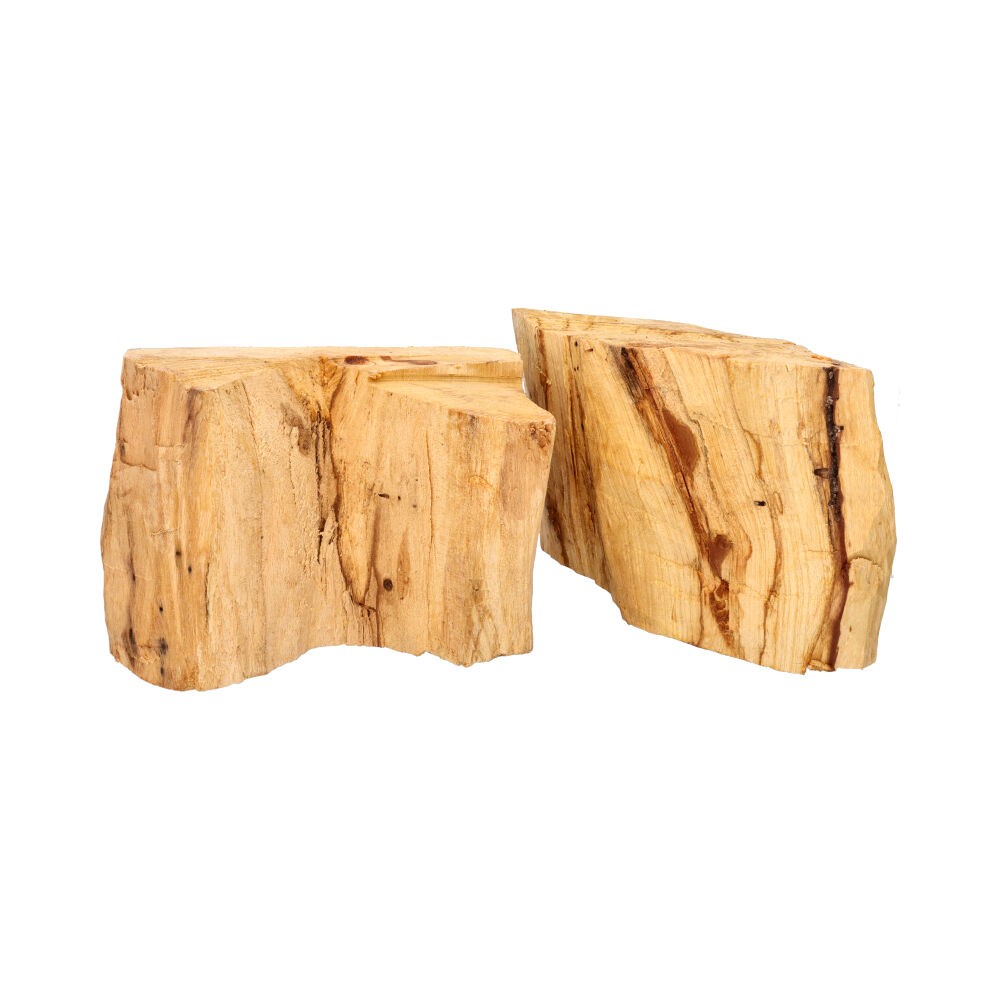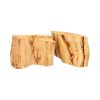Palo Santo 1 Kg
80,00€
Palo Santo trunk of approximately 1 kg.
Palo Santo is used in different countries and cultures to expel negative energies and attract positive ones, focusing and enhancing the positive.
Cleans and purifies environments, in addition to aromatizing them. It relieves nervous tension and helps control diseases or ailments caused by stress, enhancing harmony and well-being.


